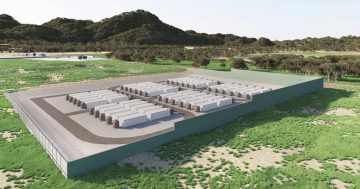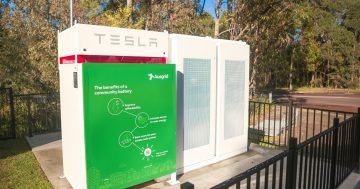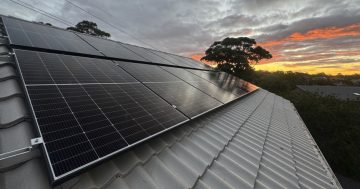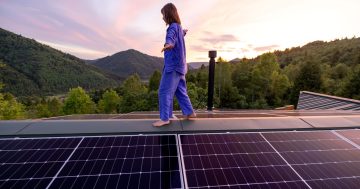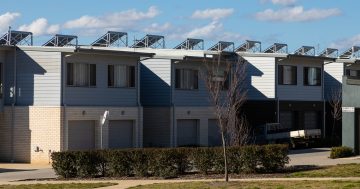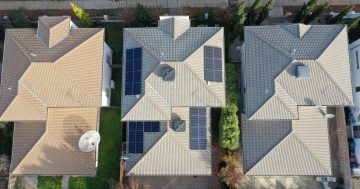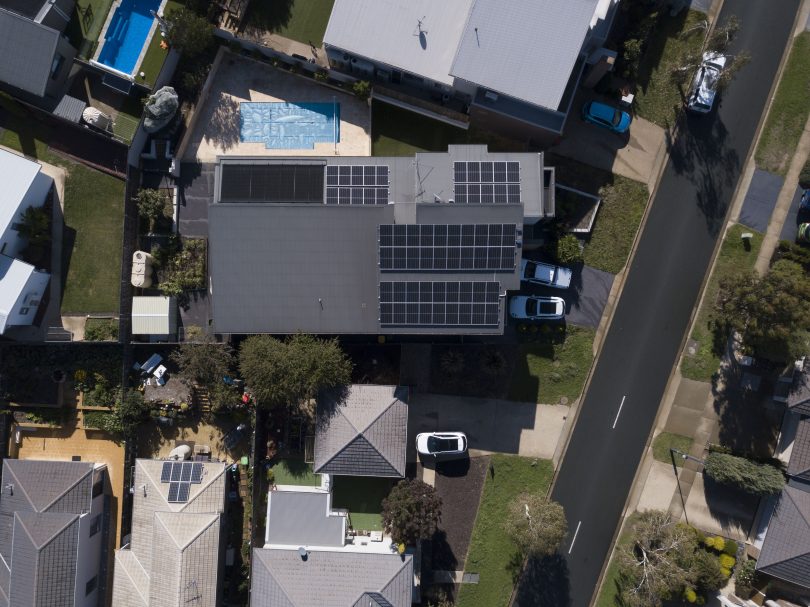
The Big Battery will support rooftop solar in Canberra, other renewables and help stabilise the grid. Photo: File.
The ACT Government is pushing ahead with its plans for the Big Canberra Battery project after the recent closure of a successful pitch to the market for suppliers.
Chief Minister Andrew Barr said there had been significant industry interest in the project, with the government fielding 42 submissions, two-thirds of which were from Australian companies.
“This is a clear signal of the industry’s capacity to deliver on this ambitious project, which will support the ACT’s efforts to reduce emissions and maintain a reliable and efficient energy grid for ACT households,” Mr Barr said.
He said that an EOI process would now open in the coming months for interested industry partners to work with the ACT Government on the specific design parameters of the project.
The project’s detailed design work will be undertaken in 2021-22, with construction expected to commence in 2022-23.
“The global battery storage market is predicted to be worth $400 billion by 2030, and the high interest in the ACT’s proposed battery system will ensure that the nation’s capital remains at the forefront of a booming industry – supporting new jobs in emerging industries,” Mr Barr said.
The Big Canberra Battery will deliver at least 250 MW of battery storage to support Canberra households with stored renewable energy. When complete, it will be one of the biggest battery storage systems in Australia.
The government says the project aims to increase network reliability by reducing pressure and congestion on the grid, better integrating the increasing supply of renewable energy in the network, reducing electricity price spikes, and generating new revenue opportunities for the ACT.
It will also support the addition of more renewable power sources to the network.
The project will involve a distributed network of batteries built across the city.
“As a combined network, this battery system can address network constraints, enable more Canberrans to reap the benefits of solar, and present the opportunity for government to reduce costs and potentially generate revenue,” Mr Barr said.
A government spokesperson said battery storage technology could vary in size and location and be installed as a range of smaller batteries or in larger quantities for different uses.
“The market sounding process will help the ACT Government better understand the types of options available in the market, including packages of services and infrastructure,” the spokesperson said.
The government could not reveal the companies that responded but said a report from a workshop with key industry stakeholders held in May to explore delivery options and help develop the best procurement approach would be made public soon.
The Neoen and GPG batteries, which will be built in Beard, are part of an earlier government procurement and the Big Battery builds on that. It will work alongside these and other batteries already being built and planned across the city, and household battery systems.
Mr Barr said that the government’s Sustainable Household Scheme, which will support more Canberra households to fit solar panels and efficient electric appliances, would further increase the significant amount of renewable energy already generated in the ACT.
Guidelines are now available for the $150 million scheme. It will provide zero-interest loans to eligible households to help with the upfront costs of investing in products and appliances that make their homes more energy-efficient.
More than 5,000 householders and 44 suppliers and installers have already registered their interest in the scheme, offering loans of between $2,000 and $15,000 to be repaid over 10 years.
The government is in the final stages of the procurement process to engage a loan provider and invite the initial group of registered homeowners, who have already completed an Actsmart workshop, to participate in a pilot before the end of June.
The pilot will allow the government to test and refine the system with a small group of Canberrans, suppliers and installers before it opens to all eligible households and individuals in the coming months.
Interested suppliers and installers are also invited to attend an information session on Thursday, 24 June. To find out more, register your interest.
Interested households, suppliers and installers can access the Guidelines online.












